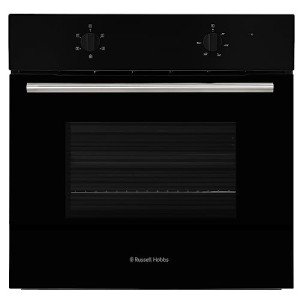In the modern-day kitchen, where space and functionality are critical, the single oven and hob ensemble has become a popular choice among home cooks and culinary lovers alike. This important cooking duo not only saves space but also provides efficiency, making it a perfect solution for numerous cooking designs. This post explores the functions, benefits, and factors to consider associated with single ovens and hobs, equipping readers with the understanding required to make educated decisions.
Before exploring the benefits of single ovens and hobs, it is essential to comprehend what these devices are.
A single oven is a kitchen home appliance designed mostly for baking, roasting, and cooking a variety of meals. Unlike double ovens, a single oven offers one large cavity where food can be prepared, typically geared up with various cooking modes such as convection, barbecuing, and defrosting.
A hob, also known as a cooktop or stovetop, is the surface area where pots and pans are positioned to prepare food. Hobs come in several ranges, consisting of gas, electric, and induction, with each type providing special advantages and cooking experiences.
The single oven and hob mix uses many advantages, making them a popular option. Here are some engaging reasons to consider this pairing in your kitchen:
Space Efficiency
Cost-Effective
User-Friendly
Versatile Cooking Options
Easy to Clean
| Feature | best single electric oven Oven | Double Oven |
|---|---|---|
| Cooking Capacity | Restricted | More cooking space |
| Energy Efficiency | Normally higher | Possibly lower |
| Cost | More budget friendly | Higher preliminary financial investment |
| Adaptability | Excellent | Excellent for multi-course meals |
| Size | Compact | Requires more area |
| User Friendliness | Normally simpler | May be complicated for some |
When selecting a single oven and hob for your kitchen, several elements must be considered:
Type of Hob
Oven Features
Spending plan
Design and Aesthetics
Energy Efficiency Rating
To ensure longevity and optimal efficiency, proper upkeep of the single oven and hob is important. Here are some maintenance pointers:
Regular Cleaning: Clean spills instantly to avoid staining and food accumulation. Usage appropriate cleaners for each surface (stainless steel, glass, etc).
Check Seals and Gaskets: Ensure the oven door seals are intact to promote energy effectiveness and consistent cooking.
Test Electric Connections: For electric hobs, examine cables and connections for tearing or damage. Always use proper wattage for hobs to prevent getting too hot.
Inspect Burners: For gas hobs, check and clean burners routinely to avoid clogs and guarantee an even flame.
Follow Manufacturer's Instructions: Adhere to the standards provided in the user handbook, ensuring compliance with specific cleaning and maintenance recommendations.
No, induction hobs require ferrous metal cookware (magnetic). Inspect for compatibility before purchasing.
Step the available space in your kitchen and consider your cooking habits. A small household may need a smaller oven and hob compared to a large family.
Regular cleansing, checking seals and connections, and following producer directions are necessary for keeping your devices.
Single ovens tend to utilize less energy due to their size; however, the performance likewise depends upon use and cooking routines.

It is advised to clean up the oven after heavy use and the hob routinely, as spills can cause more significant problems if left ignored.
The combination of single ovens and hobs in modern-day kitchen areas provides significant advantages in regards to space, effectiveness, and cooking versatility. By comprehending the special features and considerations associated with these devices, consumers can make informed choices causing a more functional and enjoyable cooking experience. Accepting this versatile pair enables cooking creativity while enhancing the overall kitchen aesthetic. As patterns progress, the single oven and hob combination remains a steadfast favorite in homes around the world.
No Data Found!

